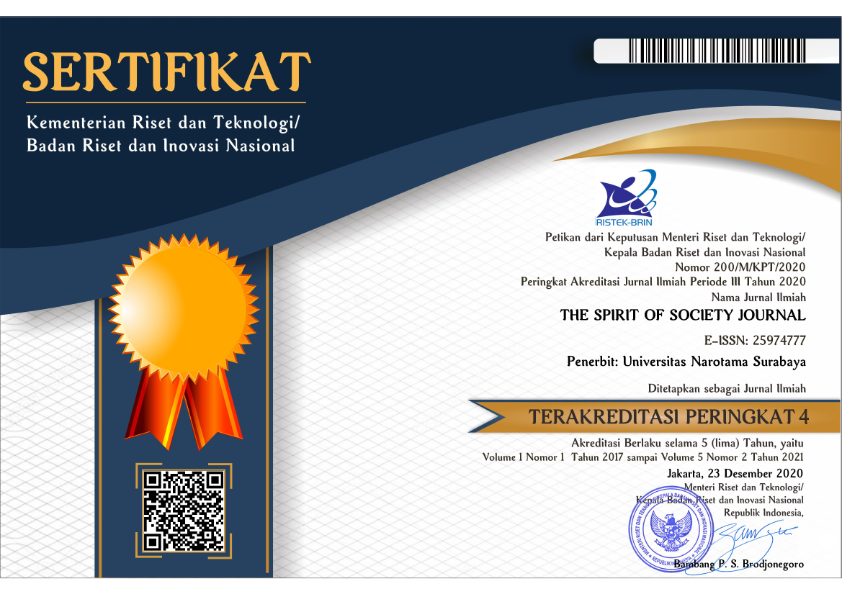Improving Learning Processes With Online Teaching
Abstract
Institutions of higher education do not only act as media for the educational process but must also become learning organizations. Various learning support facilities are widely available in this age of technology. One means that can be used is the Internet. The internet is a useful tool for accessing information in various formats from all over the world. The internet provides convenience in the world of education as a learning medium. Based on these conditions, online lecture training is conducted with the aim of improving the learning process during lectures. The training is carried out with Google classroom application material and the creation of learning video content. Using Google classroom can give students access to online learning. The training is carried out by direct practice using each lecturer's notebook. The results obtained during the training showed very high lecturer enthusiasm. The training makes the lecturers have the ability to better manage the lecture material, the skills of lecturers also increase by doing the practice directly. The ability of lecturers in interpersonal communication also increases with class collaboration. Through training can make changes in cognitive abilities, motor skills, values ??of affection, emotional values, and spiritual values.
Downloads
References
Eliana, E., Senam, W., & Jumaidi. (2016). The Effectiveness Of Project-Based E-learning to Improve ICT Literacy. Jurnal Pendidikan IPA Indonesia, 5(1), 51–55.
Hayati, N., & Harianto, F. (2017). Hubungan Penggunaan Media Pembelajaran Audio Visual dengan Minat Peserta Didik pada Pembelajaran Pendidikan Agama Islam di SMAN 1 Bangkinang Kota. Al-Hikmah: Jurnal Agama Dan Ilmu Pengetahuan, 14(2), 160–180.
Hubalovsky, S., Hubalovska, M., & Musilek, M. (2018). Assessment of the influence of adaptive E-learning on learning effectiveness of primary school pupils. Computers in Human Behavior. https://doi.org/10.1016/j.chb.2018.05.033
Kurnia, E. D., & Nugroho, Y. E. (2017). Pelatihan Pembuatan Media Pembelajaran Aksara Jawa Bagi Guru Bahasa Jawa SMA di Kabupaten Rembang. Jurnal Pengabdian Pada Masyarakat, 2(2), 101–112. https://doi.org/10.30653/002.201722.22
Nurchaili. (2010). Pengaruh Media Pembelajaran Berbasis Teknologi Informasi Dalam Proses Pembelajaran Kimia Terhadap Peningkatan Hasil Belajar Siswa. Jurnal Pendidikan dan Kebudayaan, 16(6), 648–658. https://doi.org/10.24832/jpnk.v16i6.493
Setyorini, S. (2016). Pengaruh Penggunaan Media Pembelajaran Video Dan Metode Curah Pendapat Terhadap Motivasi Belajar Siswa. Jurnal Penelitian Dan Pendidikan IPS, 10(3), 356–362.
Sohibun, S., & Ade, F. Y. (2017). Pengembangan Media Pembelajaran Berbasis Virtual Class Berbantuan Google Drive. Tadris: Jurnal Keguruan Dan Ilmu Tarbiyah, 2(2), 121–129. https://doi.org/10.24042/tadris.v2i2.2177
Syuaiban, M. (2018). Peran Organisasi Pembelajaran Pada Perguruan Tinggi Dalam Penanganan Isu-Isu Pokok Pendidikan Tinggi. JURNAL ILMIAH WIDYA, 4(3).
Copyright (c) 2019 THE SPIRIT OF SOCIETY JOURNAL

This work is licensed under a Creative Commons Attribution-ShareAlike 4.0 International License.












